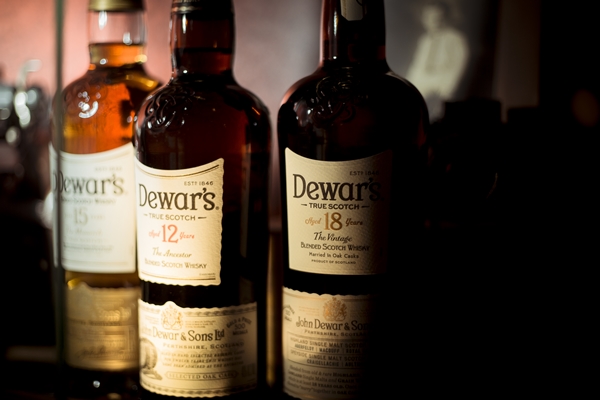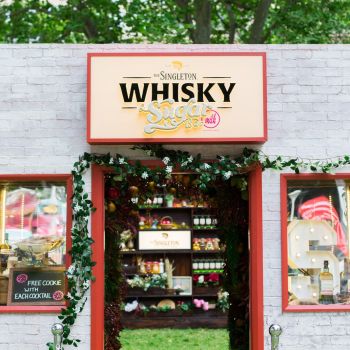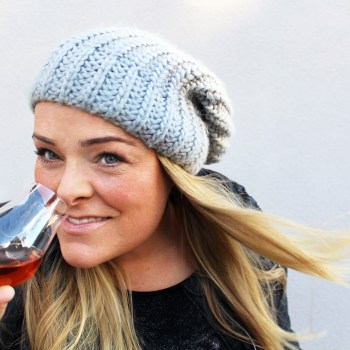By Andy Young
The world of whisky can be a complicated, confusing and mystifying one, yet it can also be delightful, delicious and wonderfully surprising.
There are many idiosyncrasies in the whisky category, and some unwritten rules which appear to have been handed down from generation to generation and yet don’t have the strength to be the rules which are apparently foundations of the category.
Many people claim to be whisky aficionados and yet say that you should never put anything in your whisky – it’s meant to be drunk neat. But when you actually speak to people in the know and people whose life is the water of life, that rule is well and truly kyboshed. Many distillers will say put whatever you like into your Scotch – with the possible exception of Scotland’s other legendary drink Irn Bru – but the common consensus is that a drop of water will soften the alcohol and help your Scotch to develop, open up and release new aromas and flavours.
Another growing misconception surrounding Scotch whisky is the belief that single malt Scotch is somehow a far superior product to its blended brother. The strange thing about this one is that blended whisky accounts for dramatically more of the global Scotch market than single malt. Blended whisky accounts for around 90 per cent of all Scotch whisky sales worldwide, and while the amount of single malt sold in recent years has increased, it is still a long, long way behind.
One brand really looking to change those consumer perceptions is Dewar’s, with its message that its premium blends are “Double-aged for extra smoothness” and that it is taking the opportunity to break down misconceptions with flavour.
It’s message explained by Dewar’s Brand Manager Andy Wren.
“Our year-round focus on Dewar’s Blended Whisky is to share the message that all of our premium blends are ‘Double-aged for extra-smoothness’. This expensive technique overseen by our award winning Master Blender, Stephanie Macleod, adds an additional layer of flavour and a silky texture to our perfectly blended whiskies.”

The technique means that with a whisky such as Dewar’s 12, the single malt and grain whiskies are aged for a minimum of 12 years and then blended together. This blend is then aged again, for around six months, and Wren says that this extra step “unlocks serious smoothness”.
With the Dewar’s brand ambassador team travelling around Australia and visiting bars and off-premise retailers, they are showcasing the taste of the double-aged whiskies against some of their single-aged ‘training stock’ and Wren says the exciting thing is that “you can really taste the difference”.
So with a product that has the flavour, aroma and smoothness to challenge misconceptions around blended whisky, Wren says there is now a great opportunity for venues, bars and retailers to challenge those people who claim “I don’t like blended whisky”.
“A lot of places put on special whisky flights or small samples of four to five whiskies as a set. It’s a great way to tour your world of whisky. Each will have different base grains and unique aging conditions. What we love most about events like World Whisky Day is the opportunity to break down misconceptions with flavour. I’ve hosted many tasting experiences where people actually believe they don’t like blended whisky. Try blind tasting a delicious Dewar’s 18 year old Scotch, you’ll be impressed!”
So as the whisky consumer changes and broadens you can be certain that they are getting younger and they are not just male. With this comes a wonderful opportunity to make sure that any misconceptions are challenged and defeated before they have a chance to take hold, and with it comes the opportunity to share the delights of premium blended whisky like Dewar’s with this growing consumer base.
“It is easier than ever for people to become interested and learn more about whisky. Brand based websites and trusted retail stores provide great information including tasting notes, history and production information for lots of whisky,’ says Wren.
“We have lots of research which shows the modern whisky consumer is entering the world of whisky at a younger age,” he adds. “We are speaking to 23-25 year old’s who are regularly ordering whisky in bars and buying from bottle shops. They are happy to trust their instincts and not just purchase what they recognise or what their parents drank. I think the modern whisky consumer doesn’t want to be associated with the dusty old feeling whisky but vibrant, personality driven brands they can connect with,”
The consumer is changing, the misconceptions are disappearing and the opportunities to be at the forefront of the popularity of premium blends are there for venues – you just need to make sure you are as willing as these new consumers to give this category a go.


